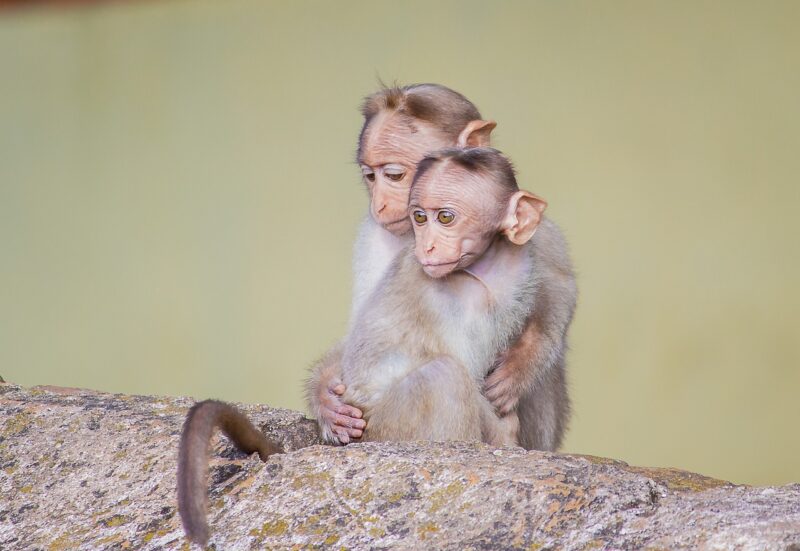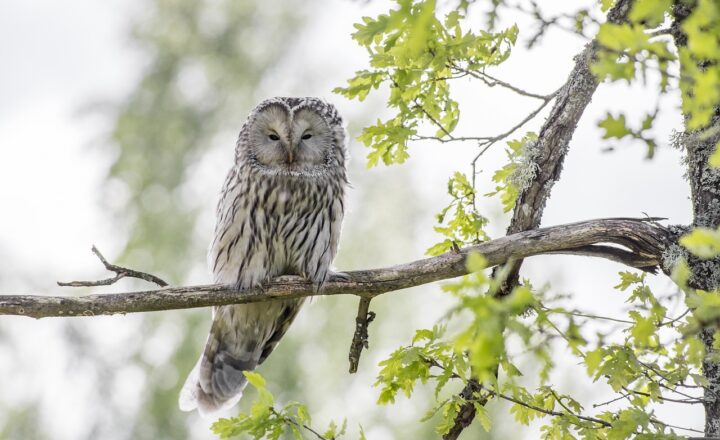How Monkeys Use Body Language to Communicate: Expressions, Gestures, and More
November 14, 2024

Communication among monkeys is a fascinating subject that reveals insights into their social structures and behaviors. Unlike humans, who predominantly rely on verbal language, monkeys employ a rich tapestry of body language, facial expressions, and vocalizations to convey their feelings, intentions, and social statuses.
1. Understanding Monkey Communication
Monkeys are highly social animals, living in complex groups called troops. Their survival and social interactions largely depend on effective communication. Body language plays a crucial role in how monkeys express their needs, emotions, and social hierarchies.
Researchers like Dr. Robert M. Sapolsky and Dr. Frans de Waal have studied monkey communication extensively, highlighting that their nonverbal cues can be as nuanced as human communication. Understanding these cues allows us to gain insight into their social dynamics and emotional states.
2. The Role of Body Language in Monkey Social Structures
Monkeys use body language for various purposes, including establishing dominance, signaling submission, and fostering social bonds. Here are some key aspects of monkey body language:
- Dominance Displays: Higher-ranking monkeys often display confidence through open body postures, puffed chests, and direct eye contact. These gestures convey authority and can deter challenges from lower-ranking members.
- Submission Signals: Subordinate monkeys may exhibit submissive postures, such as lowering their heads, turning their bodies away, or presenting their backs to higher-ranking individuals, making it clear they pose no threat.
- Grooming Behavior: Grooming is a significant social activity among monkeys. It serves to strengthen bonds between individuals and is often accompanied by playful gestures, soft vocalizations, and relaxed body postures.
- Physical Contact: Touching is vital in monkey communication, often indicating familiarity and friendship. Grooming, hugging, or playful wrestling reinforces social connections and lowers stress among troop members.
Understanding these behaviors helps us grasp the complex social structures in monkey troops, where communication is essential for harmony and survival.
3. Facial Expressions and Their Meanings
Facial expressions in monkeys are integral to their communication. Here are a few common expressions and their meanings:
- Fear Grins: A quick smile or showing the teeth can signal fear or submission. Monkeys may respond this way when threatened or during social conflicts.
- Lip Smacking: This gesture often accompanies grooming or playful interactions. It conveys excitement and a willingness to engage socially.
- Eye Brow Raises: Raising their eyebrows can be a sign of curiosity, whether they are intrigued by a new object or person in their environment.
Such facial expressions help convey emotions and intentions, allowing monkeys to navigate complex social situations.
4. Gestures that Speak Volumes
Gestures are another crucial aspect of monkey communication. Here are some significant types of gestures:
- Pointing: Some species, like chimpanzees, have been observed pointing at objects or food to direct their troop members’ attention. This indicates a level of cognitive sophistication in their communication abilities.
- Hand-Clapping and Slapping: These sounds can sometimes serve as warning signals or rallying calls to gather individuals in a troop for feeding or safety.
- Tail Movements: In species with long tails, like macaques, tail positioning can signal emotional states—upright may show alertness, while drooping can indicate submission or stress.
These gestures enhance social bonding and foster communication within their troops.
5. Vocalizations: Adding Sound to Body Language
While body language is pivotal, vocalizations also play a significant role in monkey communication. The sounds they make can convey alarm, excitement, or social calls. For instance:
- Warning Calls: Different alarm calls indicate various predators. The tone, pitch, and frequency of these vocalizations can provide information about the level of threat.
- Social Calls: Monkeys often use specific sounds to maintain contact with troop members, especially during foraging or traveling.
- Mating Calls: In some monkey species, males may vocalize to attract females, displaying their fitness and readiness to mate.
These vocalizations add depth to their communication, working in tandem with body language to provide a clearer understanding of their social interactions.
Conclusion: The Intricate World of Monkey Communication
The study of monkey communication highlights the complexity and richness of their social interactions. Through body language, facial expressions, gestures, and vocalizations, monkeys develop intricate communication systems vital for their survival and social cohesion. As we continue to research these fascinating creatures, we gain valuable insights into their world and our understanding of communication within the animal kingdom. Understanding how monkeys communicate not only enriches our appreciation for these intelligent primates but also invites us to reflect on our communication styles and the similarities we share with our closest relatives in the animal kingdom.
By observing and interpreting the nuances of monkey communication, we unlock the secrets of their social lives and emotional expressions, reminding us that communication is a universal language, transcending species and paving the way for connection and understanding.







